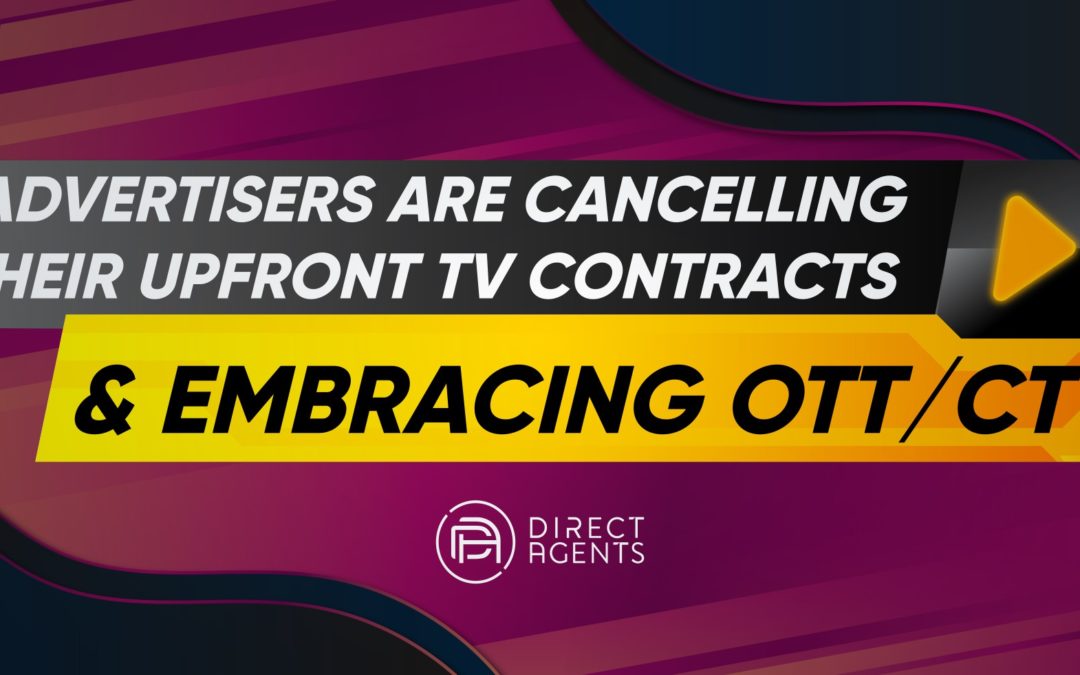Upfront advertising contracts have been a cornerstone of traditional TV advertising since they were first introduced in the 1960s. Historically upfronts have been crucial for the television industry because they allowed advertisers to get preferential pricing, and programmers to better forecast their revenue.
Recent events like the loss of live sports, Hollywood production delays, and a broader shift in consumer viewing habits have led to many advertisers pulling out of their upfront contracts. Historically in quarters when upfront cancellations have been permitted the average pullback has been between 3-4%, but MediaPost estimates that advertisers will cut around 25% of their network TV commitments in Q3.
Where are the budgets going?
With the rising level of uncertainty, many brands are increasing their investments in biddable media where spends can be more fluid in real time.
For example, General Mills (GM) is one of the major advertisers pulling out of their Q3 upfront TV contracts, and in an interview with the Wall Street Journal, a GM spokesperson said that they were shifting TV ad dollars into digital video and eCommerce.
Faster Growth in OTT (over-the-top) Advertising
While the pandemic accelerated the rate of declining TV ad spend, it also accelerated the growth of OTT specifically on connected TV (CTV) devices. According to Comscore’s in-home data usage, Smart TVs and streaming boxes/sticks have experienced over 35% year-over-year usage increases since March.
With the increased rate of consumer adoption, advertisers are beginning to think about OTT and CTV not only as a temporary solution for the pandemic but rather as a long-term strategy for the future. According to a recent survey conducted by Advertiser Perceptions, 50% of those surveyed believe they can replace linear TV reach with OTT/CTV and digital video ads.
How to start advertising with CTV
CTV incorporates methods and measurements from both linear TV and digital, making it an appealing option for both historically TV-first, and digital-first advertisers. With CTV it’s possible to measure TV metrics like incremental reach and on-target percentage, but also digital metrics like video completion rate, and frequency. Another advantage of OTT is the ability to use powerful targeting capabilities that are native to digital channels.
CTV inventory can primarily be bought directly from publishers or programmatically. For advertisers not knowing where to start with CTV, buying programmatic inventory is a good first step since it offers the most flexibility.
Direct Agents has OTT/CTV solutions to help advertisers buy and measure CTV. Some of our past CTV campaigns have met advertiser goals by achieving a 98% video completion rate while running on premium live content.
Ultimately consumer behavior dictates where ad dollars should be spent, and at the moment consumers are turning towards OTT & CTV devices at a high rate making it a major opportunity for advertisers now and in the future.
If you have any questions – or would like to learn more, please reach out to [email protected]
— Trevor Clune, Yield Analyst in Trading Desk at Direct Agents



